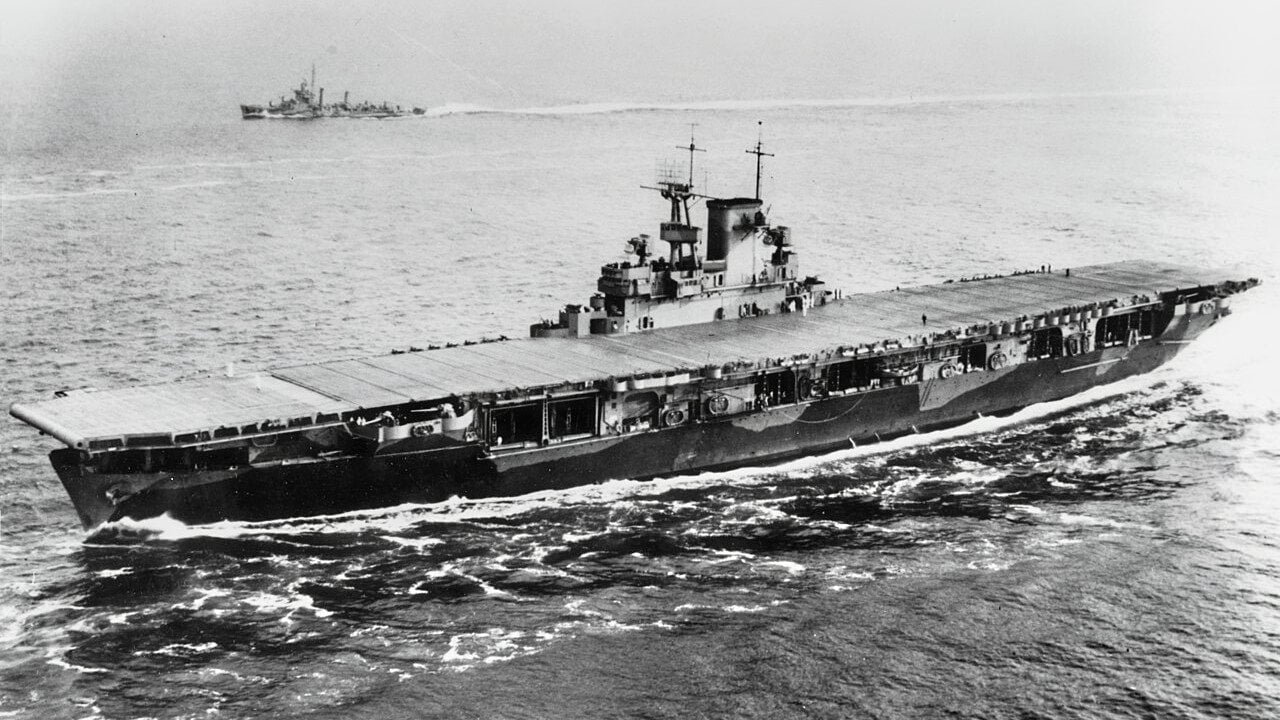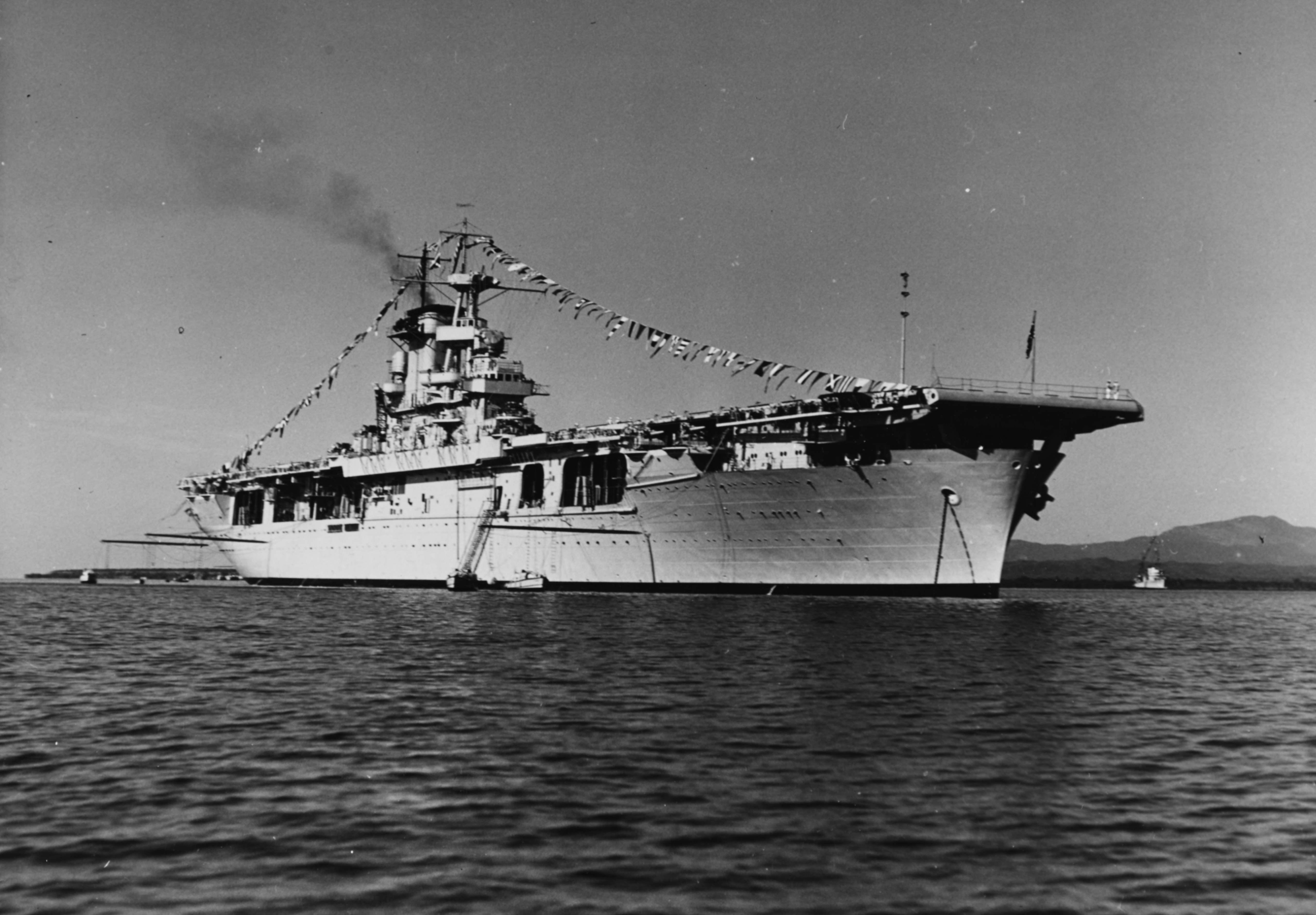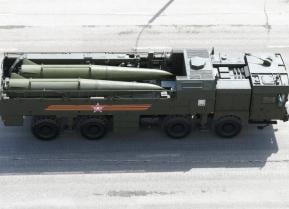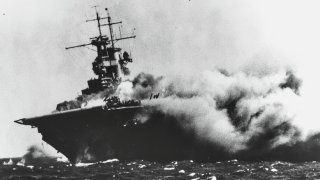USS Wasp (CV-7): The Worst Aircraft Carrier of World War II
The USS Wasp (CV-7), shaped by the limitations of the 1922 Washington Naval Treaty, is often cited as the worst aircraft carrier of WWII. History has a good explanation as to why.
What You Need to Know: The USS Wasp (CV-7), shaped by the limitations of the 1922 Washington Naval Treaty, is often cited as the worst aircraft carrier of WWII.

-Built with reduced tonnage, the Wasp was smaller, lightly armored, and equipped with inadequate firefighting systems.
-These design flaws left the ship vulnerable in combat, ultimately sealing its fate.
-In 1942, three torpedoes from a Japanese submarine struck the Wasp, and uncontrollable fires—due to subpar fire controls—led to its destruction, marking it as a carrier emblematic of treaty-driven compromises that backfired in wartime.
The USS Wasp (CV-7) is the Worst Aircraft Carrier of WWII
America is known as the world’s greatest aircraft carrier superpower. No other nation comes close to its carrier capabilities, although China is simultaneously trying to catch up as well as degrade America’s carrier capabilities today.
Back in the early twentieth century, though, America was still a rising power generally. Specifically, the United States was maturing its military capabilities.
However, this maturation process was stunted by the fact that the U.S. had entered the controversial Washington Naval Treaty of 1922 which imposed harsh limitations on the size and capabilities of warships belonging to the U.S. Navy, the British Royal Navy, and the Imperial Japanese Navy, as well as other navies.
The Washington Naval Treaty
Because of these limitations from the arms control agreement in 1922, the U.S. Navy developed what many believe to be the worst aircraft carrier ever built.
That’s the USS Wasp (CV-7). Although the boat was commissioned later in 1940, its design was heavily influenced by the Washington Naval Treaty.
The treaty limited the size of fleets and individual warships by tonnage. The logic is that smaller ships would create smaller fleets and these smaller fleets would be less capable than the larger warships that defined the era before the treaty was enacted.
Think of the treaty as rationing the total tonnage of a navy. In the case of the United States, the total tonnage of its fleet was allowed 525,000 tons.
America’s Navy, therefore, built three aircraft carriers: the USS Saratoga, the USS Lexington, and the first carrier in the Navy, the Langley. With the remaining 14,700 tons in its allotment, the Navy built a small carrier, the USS Wasp.

But to make the carrier comport with the tonnage limitations of the treaty, Navy planners compromised the basic engineering tenets that undergirded all carriers and created the equivalent of poison pills embedded within the carrier’s basic design.
The Wasp was Awful
For the United States, the Yorktown-class carrier was the definitive carrier of the Interwar Years. Washington wanted the Wasp to possess the same features as the larger Yorktown-class carriers.
The only problem facing the designers was the fact that the Wasp was 5,000 tons smaller than the Yorktown class.
The Wasp had profound weaknesses because of its limitations. For starters, it was lightly armored. The design of the carrier lent itself to being easily damaged in combat compared to its larger, better-armored sister ships.

More importantly, the Wasp had poorly designed firefighting systems. In peacetime, this was not as much of a concern as it became in wartime. By the time the weaknesses of this system were revealed, it was too late to do anything about it.
In 1942, the Wasp was attacked by the Japanese Navy. She was lambasted by three torpedoes fired from the Japanese submarine I-19. Despite having been hit, the Wasp was able to survive the initial attack. Uncontrollable fires, however, killed this ship.
The lack of fire controls destroyed this ship in combat. It is the worst carrier of WWII.
About the Author:
Brandon J. Weichert, a National Interest national security analyst, is a former Congressional staffer and geopolitical analyst who is a contributor at The Washington Times, the Asia Times, and The-Pipeline. He is the author of Winning Space: How America Remains a Superpower, Biohacked: China’s Race to Control Life, and The Shadow War: Iran’s Quest for Supremacy. His next book, A Disaster of Our Own Making: How the West Lost Ukraine, is available for purchase.
Image Credit: Creative Commons.


